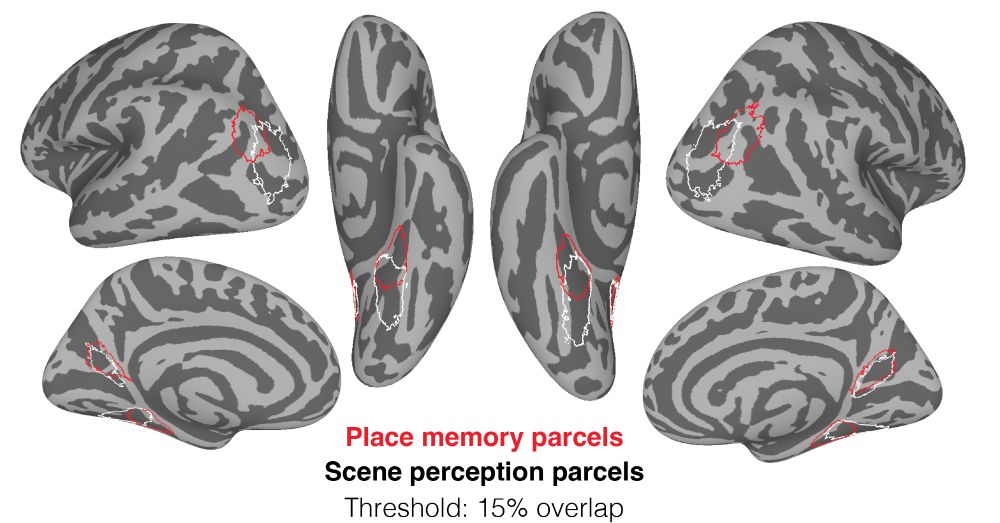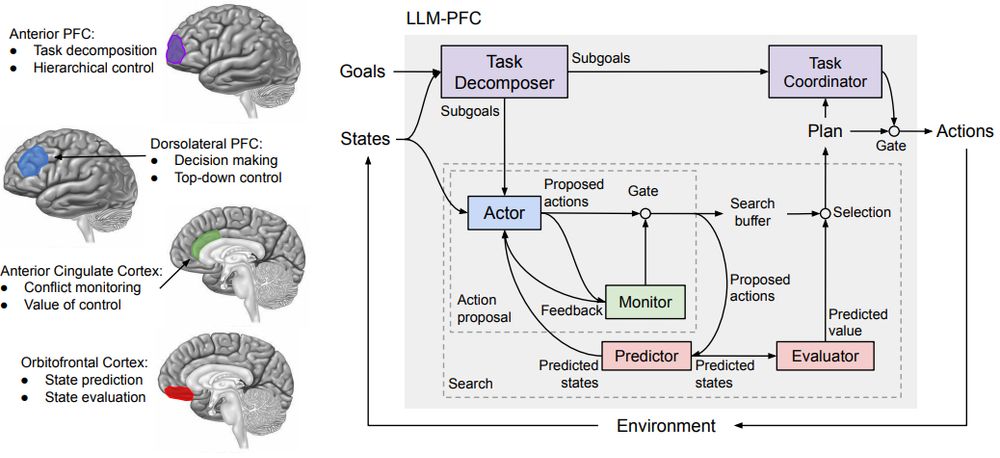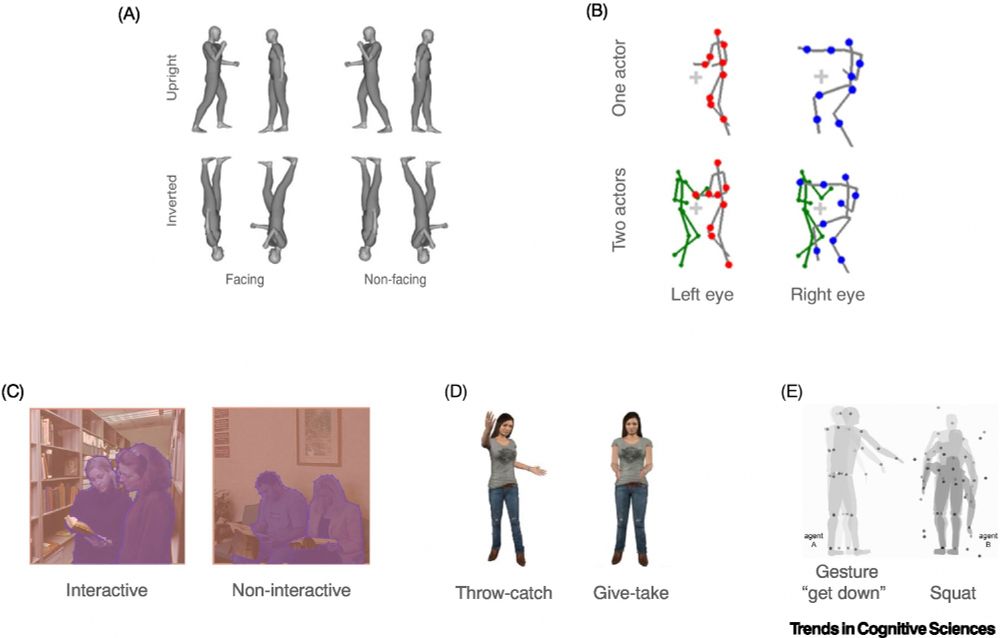Posts
Media
Videos
Starter Packs
Reposted by Tommy Botch
Erica Busch
@elbusch.bsky.social
· Aug 12
Reposted by Tommy Botch
Hayoung Song
@hayoungsong.bsky.social
· Aug 12

Geometry of neural dynamics along the cortical attractor landscape reflects changes in attention
The brain is a complex dynamical system whose activity reflects changes in internal states, such as attention. While prior work has shown that large-scale brain activity reflects attention, the mechan...
www.biorxiv.org
Reposted by Tommy Botch
Tommy Botch
@tommybotch.bsky.social
· May 5
Tommy Botch
@tommybotch.bsky.social
· May 5
Reposted by Tommy Botch
Erica Busch
@elbusch.bsky.social
· Apr 3

Accelerated learning of a noninvasive human brain-computer interface via manifold geometry
Brain-computer interfaces (BCIs) promise to restore and enhance a wide range of human capabilities. However, a barrier to the adoption of BCIs is how long it can take users to learn to control them. W...
doi.org
Reposted by Tommy Botch
Reposted by Tommy Botch
Reposted by Tommy Botch
Reposted by Tommy Botch
Tommy Botch
@tommybotch.bsky.social
· Sep 15
Tommy Botch
@tommybotch.bsky.social
· Sep 15
















